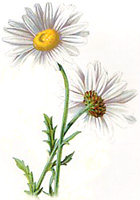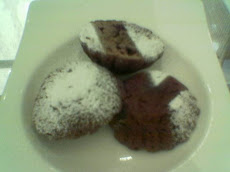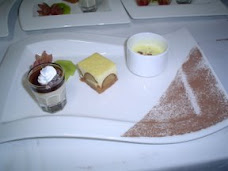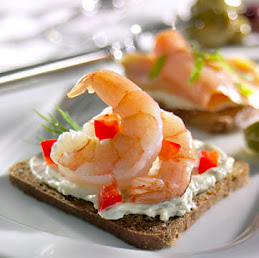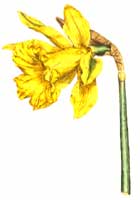
"Carbonated water" is a good umbrella term for all the fizzy waters mentioned. Club soda, seltzer, and mineral water all get their effervescence from dissolved carbon dioxide.
Mineral water is water containing dissolved, naturally-occurring minerals (and sometimes fizz-making carbon dioxide), that is drawn and bottled directly from an underground natural source. These dissolved minerals give the water a subtle flavor, and, some believe, impart important health benefits. There are hundreds of different regional waters available on the international market, each with its own distinct mineral profile. Some of the most famous are Perrier and San Pellegrino (which are both naturally carbonated), and Volvic (which is naturally flat). (Note: in order to be labeled "mineral water," as opposed to "spring water," the water must contain at least 250 parts per million (ppm) naturally occurring dissolved mineral solids.)

Seltzer is plain, unflavored water that has been artificially carbonated. Named after the German town of Niederselters, which is known for its natural springs, seltzer was first marketed in the USA as an affordable domestic alternative to pricey imported mineral waters. Because of the explosive pressure created by the carbonation, seltzer was originally sold in thick glass bottles fitted with metal siphon tops. Since then, siphon bottles have mostly gone by the wayside - although there does seem to be a bit of a recent revival. Modern-day "seltzer" is now commonly sold in ordinary plastic soda bottles.

Although it's used almost interchangeably with seltzer, club soda is a slightly different beast. While seltzer is plain carbonated water and nothing but, club soda usually has a few mineral-y ingredients mixed in for added flavor (see the "carbonated water, potassium bicarbonate, potassium sulfate" listed on the label directly above vs. the simple "carbonated water" pictured above that on the seltzer bottle).







